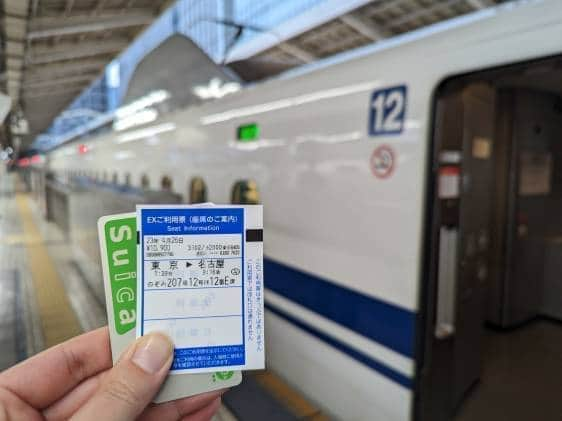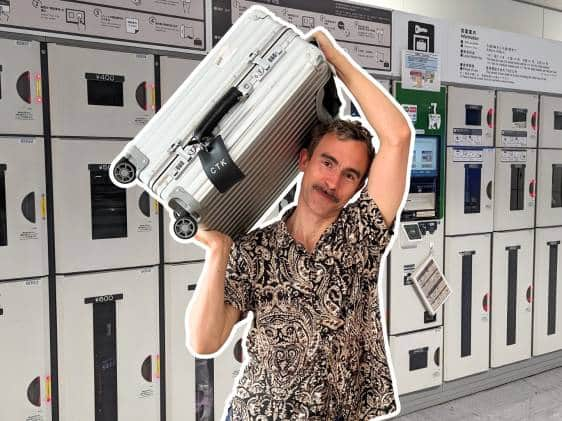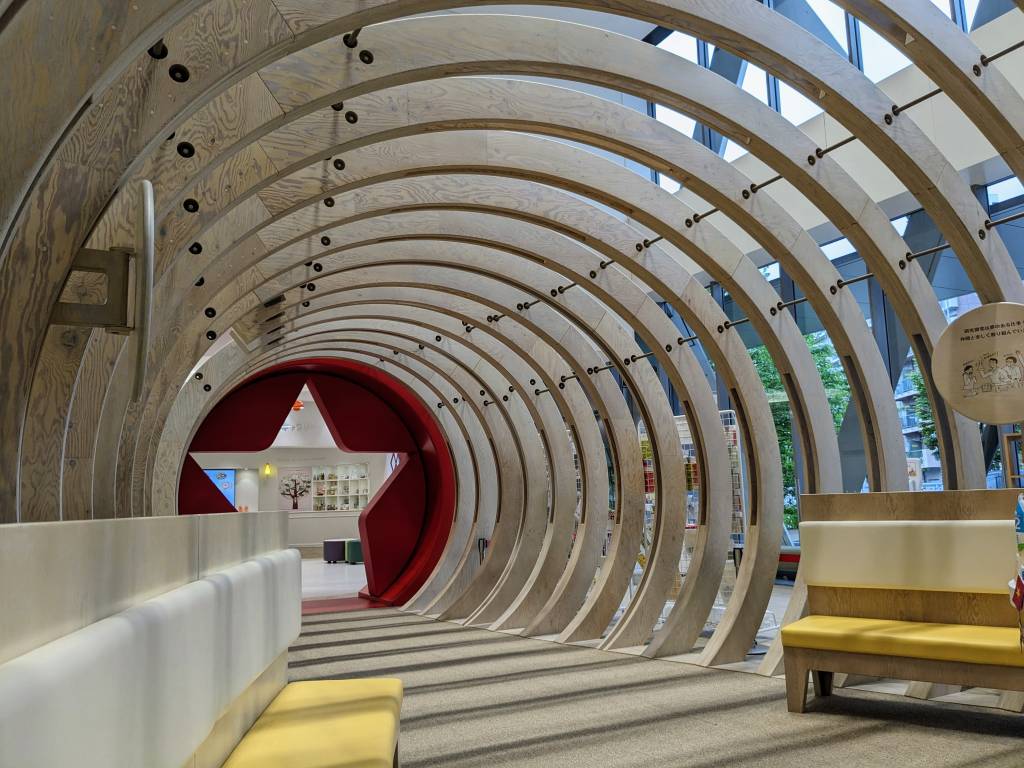East Tokyo is the side of Tokyo that you’ll want to make sure you’ve explored before the end of your trip, or before settling down anywhere in Japan. Not only is it steeped in the traditions of old-town Tokyo, with Asakusa as a cultural hub, but it’s also loved by locals for its peaceful riverside charm, accessible green spaces, thriving café and foodie culture, and general ease of living.
Encircled by the Sumida River and the canals that run through to Tokyo Bay, East Tokyo is an ideal place for creative nomads and expats, couples, and families alike. Essentially, it’s the area for anyone looking to keep a comfortable distance from the neon buzz of central Tokyo, without losing out on contemporary design, history, and nature.
Pro tip: Weave Place makes it easy to make East Tokyo your new home.

Where is East Tokyo?
First of all, where is East Tokyo, exactly? East Tokyo, otherwise referred to as the Jōtō area, borders Chiba Prefecture across the Edogawa River and Saitama Prefecture to the north, and is generally considered to include the following wards: Taitō, Sumida, Adachi, Edogawa, Katsushika, Arakawa, and Koto.
Although some west-side Tokyoites think it’s out of the way, travel times start from only 30 to 45 minutes on the train from Central Tokyo. Besides, you might end up spending more time in the east, when you realize how much there is to see and do there.
Read on for five reasons why you should have East Tokyo on your “to live” list.
1. The way East Tokyo fuses tradition and modernity
The Jōtō area boasts some of the most well-preserved traditional elements of Tokyo, including the historic Sensōji Temple, crafts and cooking tools hub Kappabashi, and the Sumida Hokusai Museum.
That’s not to say East Tokyo is all “old Tokyo”. It’s also home to some very contemporary boutiques, stores, and galleries, including none other than the Museum of Contemporary Art Tokyo, teamLab Planets, and Toyosu Fish Market — the “new Tsukiji”.

What makes East Tokyo unique is its characteristic shitamachi or old-town atmosphere. Although it means “lower city”, shitamachi is often associated with small side streets and architecture reminiscent of the Edo period. You’ll also find carefully preserved shrines as you make your way through the neighborhoods.
Another identifying element of East Tokyo is the canals and rivers that run through it and out to Tokyo Bay, contributing to the area’s calmer pace of life.
2. Thriving coffee and foodie culture
Monzen-Nakacho and Kiyosumi-Shirakawa are a couple of the up-and-coming areas of East Tokyo that are worth uncovering for their foodie cultures. The Ōedo, Tōzai, or Hanzomon train lines can easily get you from central Tokyo to one of these stations.

Monzen-Nakacho is home to the first Truffle Bakery in Tokyo, which serves up freshly baked breads and pastries, including their famous salt-and-truffle-oil breads. Neighboring Kiyosumi-Shirakawa and surrounds are renowned for their thriving coffee culture, with specialty cafes each offering a unique take on the art of brewing and enjoying coffee. You could easily café-hop across your favorite spots on a Sunday morning, and walk through the park or sit along the river with a takeaway cup in hand.
Some notable cafés include Iki Espresso, founded by a Japanese and Kiwi husband-and-wife duo and known for their warm and inviting community, as well as Tokaku Coffee near Fukagawa Library, which serves up delectable dessert slices.

There are also several fantastic restaurants across both neighborhoods, such as the modern Yuji Ramen, as well as more traditional izakaya like Fuu or Ugetsu for a full-course meal. For drinks, you can look out for Beer Vista Brewery and Winestand TEO, which both deliver a contemporary twist.
3. Art and history scene
The Museum of Contemporary Art Tokyo is a striking modern art museum known for Japanese and international exhibitions, including the annual Tokyo Art Book Fair, where publishers from Japan and across the world come together to present their curated books and works.
If you have an eye for history, you’ll appreciate the Fukagawa Edo Museum, which is a life-size reproduction of a Tokyo streetscape of the end of the Edo period (1603–1867). You can step back in time and it’s only a three-minute walk from Kiyosumi-shirakawa Station.

Along with the Sanno Matsuri and the Kanda Matsuri, the Fukagawa Festival is one of the big three Shintō festivals of Tokyo, and one not to miss. It usually takes place annually at Tomioka Hachimangu in Fukagawa, which is in the same vicinity as Monzen-Nakacho. As the largest Edo-period shrine dedicated to the Shinto deity Hachiman, Tomioka Hachimangū honors Emperor Ojin and stands as the birthplace of Edo-era sumo.
4. Green spaces and easy living
We can’t overlook the impact of the cozy green spaces and parks that help to make East Tokyo a feel-good place to visit or live in. There’s the spacious Kiba Park and Kiyosumi Gardens, as well as smaller local neighborhood parks dotted throughout.

These parks and gardens make it easy to go out for a run, walk the dog, or simply sit and enjoy a picnic with friends. There are also local grocery stores, supermarkets, clinics, and all the essentials you’d expect from residential areas, within easy access.

5. Crafty Kuramae
Affectionately known as “Tokyo’s Brooklyn”, Kuramae is a blend of tradition and modern creativity making somewhat of a fashionable comeback. Situated south of Asakusa, you can get to Kuramae by taking the Ginza and Asakusa train lines.
Having long been a center for craftspeople, the area has increasingly welcomed young designers and other creatives. From artisanal workshops to craft stores and cafés, some notable mentions include Camera, a cool store with handmade leather accessories and counter-serve coffee, and Dandelion Chocolate, an all-in-one chocolate factory and café. If your idea of Tokyo is only the bright lights of Shinjuku or Shibuya, then Kuramae is definitely a neighborhood to check out and reframe your perception.
While we do our best to ensure it’s correct, information is subject to change.































